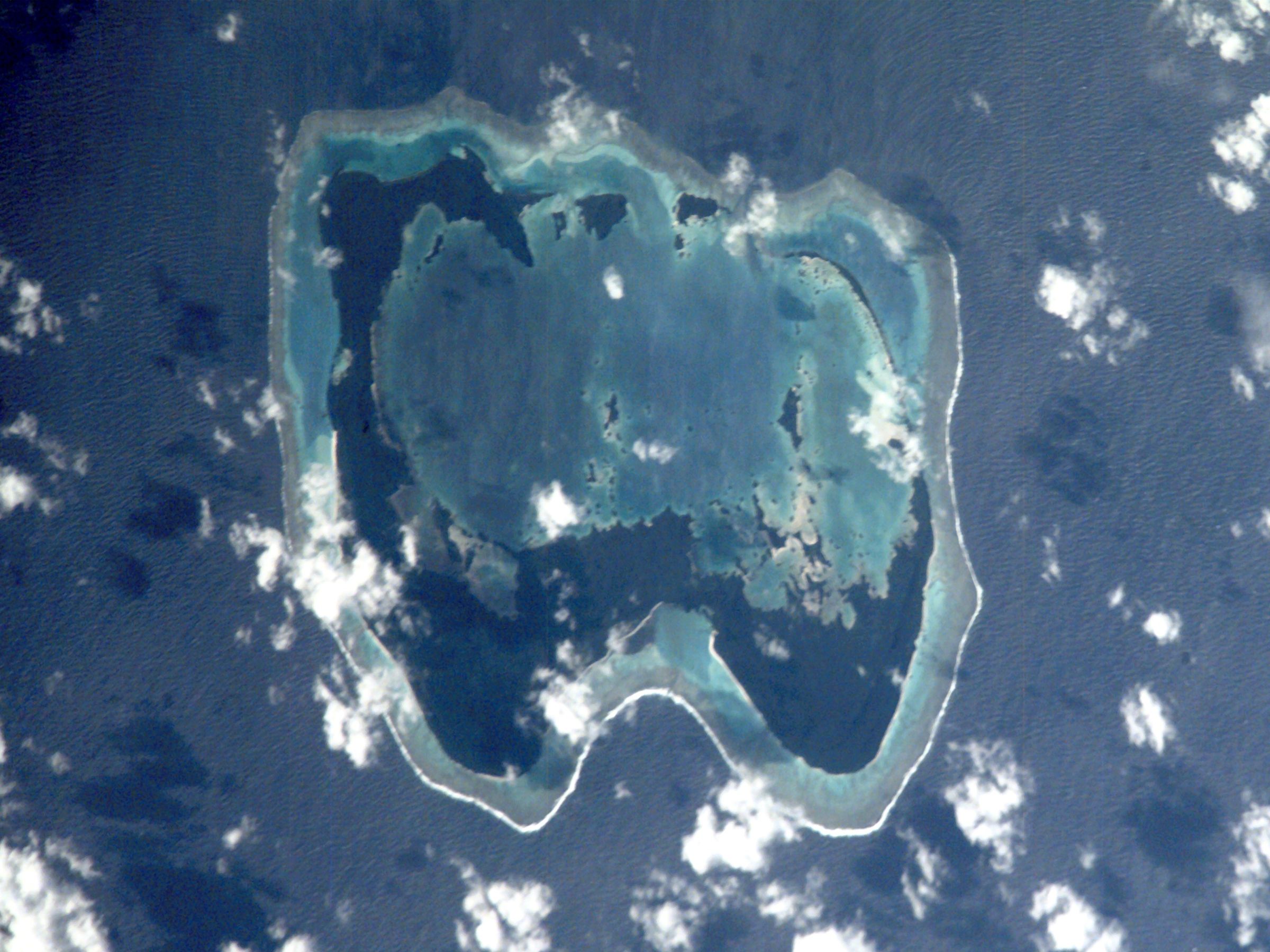Fulaga on:
[Wikipedia]
[Google]
[Amazon]
Fulaga (pronounced ) (proper name: Vulaga) is a crescent-shaped reef-
Fulaga
Islands of Fiji Lau Islands Preliminary Register of Sites of National Significance in Fiji {{Fiji-geo-stub
limestone
Limestone is a type of carbonate rock, carbonate sedimentary rock which is the main source of the material Lime (material), lime. It is composed mostly of the minerals calcite and aragonite, which are different Polymorphism (materials science) ...
island
An island or isle is a piece of land, distinct from a continent, completely surrounded by water. There are continental islands, which were formed by being split from a continent by plate tectonics, and oceanic islands, which have never been ...
in Fiji
Fiji, officially the Republic of Fiji, is an island country in Melanesia, part of Oceania in the South Pacific Ocean. It lies about north-northeast of New Zealand. Fiji consists of an archipelago of more than 330 islands—of which about ...
's Southern Lau Group.
The spectacular lagoon and the fact that the island is a ''Pritchardia thurstonii
''Pritchardia thurstonii'' is a species of flowering plant in the family Arecaceae.
It is native to Fiji, in particular the Lau Islands, and the island of ʻEua in Tonga.
It is vulnerable and threatened by habitat loss.
It is sometimes known as ...
'' habitat contribute to its national significance as outlined in Fiji's Biodiversity Strategy and Action Plan.

Geography
Situated at 19.17° South and 178.65° West, it covers an area of 18.5 square kilometres. It has a maximum elevation of 79 metres. The limestone belongs to the Koroqara Limestone (Tokalau Limestone Group) and is probably Late Miocene in age. In form it is a basin which has been breached in the north, flooding the interior, which has many islets and rocks. The island thus has this unique, beautiful lagoonNew Zealand Journal of Geology and Geophysics, P249 that adequately supplies the inhabitants with different varieties of fish and sea shells. There are three terrace levels, two with maximum elevations 55 m and 40 m, the third being lower. There is an elevated notch 2 m above mean sea level.Demographics
There are three villages, Muanaicake, Muanaira and Naividamu. Total population was almost 600 in the middle 20th century but is now less than 400, due to migration to the mainland for secondary school education for children, and employment for parents.In Tradition
The people are traditional carvers, skilled in the making of outrigger canoes and 'tanoa' (or 'kumete' in their dialect) which are wooden bowls carved out of local hardwood and used in formal and informal Yaqona Ceremonies and social gatherings across Fiji.Footnotes
References
*The Fiji Islands: A Geographical Handbook, By Ronald Albert Derrick, Published 1951, Govt. Print. Dept, Fiji. *Fiji by Casey Mahaney, Astrid Witte Mahaney, Published 2000 by Lonely Planet, *New Zealand Journal of Geology and Geophysics; Published by The Royal Society of New Zealand *The Cyclopedia of Fiji: A Complete Historical and Commercial Review of Fiji, Published 1984, By R. McMillan, Original from the University of Michigan, Digitized 3 Apr 2007.External links
* A Map oFulaga
Islands of Fiji Lau Islands Preliminary Register of Sites of National Significance in Fiji {{Fiji-geo-stub